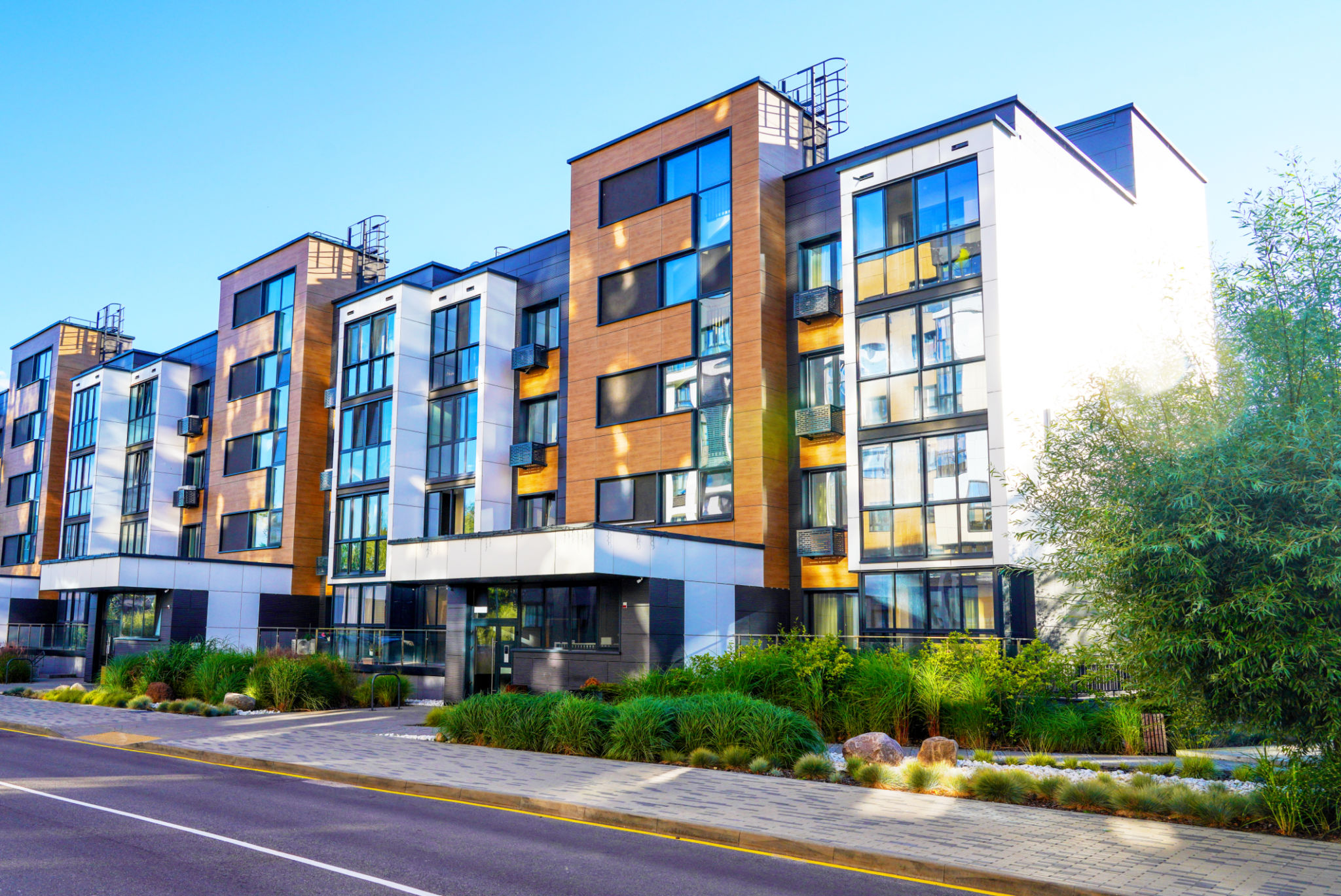Top CRM Implementation Strategies for Multifamily Residential Marketing
Understanding CRM in Multifamily Residential Marketing
Customer Relationship Management (CRM) systems have become indispensable tools in multifamily residential marketing. They streamline operations, enhance resident satisfaction, and ultimately drive occupancy rates. Implementing a CRM effectively requires a strategic approach tailored to the unique needs of the multifamily sector.

Define Clear Objectives
Before diving into CRM implementation, it’s crucial to set clear, measurable objectives. Are you looking to improve lead management, enhance resident communication, or streamline maintenance requests? Having defined goals will guide your CRM setup and ensure that all features are aligned with your business needs.
Select the Right CRM
Not all CRM systems are created equal, especially when it comes to multifamily residential marketing. Choose a CRM that offers features specific to real estate, such as tenant tracking, lease management, and automated communication tools. Consider scalability, integration capabilities, and user-friendliness as key factors in your decision-making process.

Data Integration and Migration
Data integration is a critical step in CRM implementation. Ensure that your existing data is clean and well-organized before migration. This may involve removing duplicates, updating contact information, and segmenting your database. Proper data integration lays the foundation for effective CRM utilization.
Train Your Team
A CRM is only as effective as the people who use it. Comprehensive training is essential to ensure your team can leverage the system’s full potential. Offer workshops, online tutorials, and ongoing support to help staff become proficient with the new technology. This investment in training will pay off in improved productivity and user adoption.

Automate and Personalize Communication
One of the strengths of a CRM is its ability to automate communication while maintaining a personal touch. Use your CRM to send personalized messages to prospects and residents, such as welcome emails, lease renewal reminders, or special event invitations. Automation saves time and ensures consistent, timely communication.
Monitor and Optimize
After implementing your CRM, continuous monitoring and optimization are key. Track KPIs such as lead conversion rates, resident satisfaction scores, and occupancy levels. Use this data to make informed decisions and refine your strategies over time. Regularly update your CRM to incorporate new features and capabilities.
Encourage Feedback
Finally, encourage feedback from your team and residents about the CRM system. Understanding user experiences and challenges can provide valuable insights for further improvements. Open communication ensures that the CRM continues to meet the evolving needs of your multifamily property.

By carefully considering these strategies, multifamily residential marketers can implement CRM systems that enhance efficiency and improve resident experiences. A well-executed CRM strategy not only boosts occupancy rates but also fosters a thriving community environment.